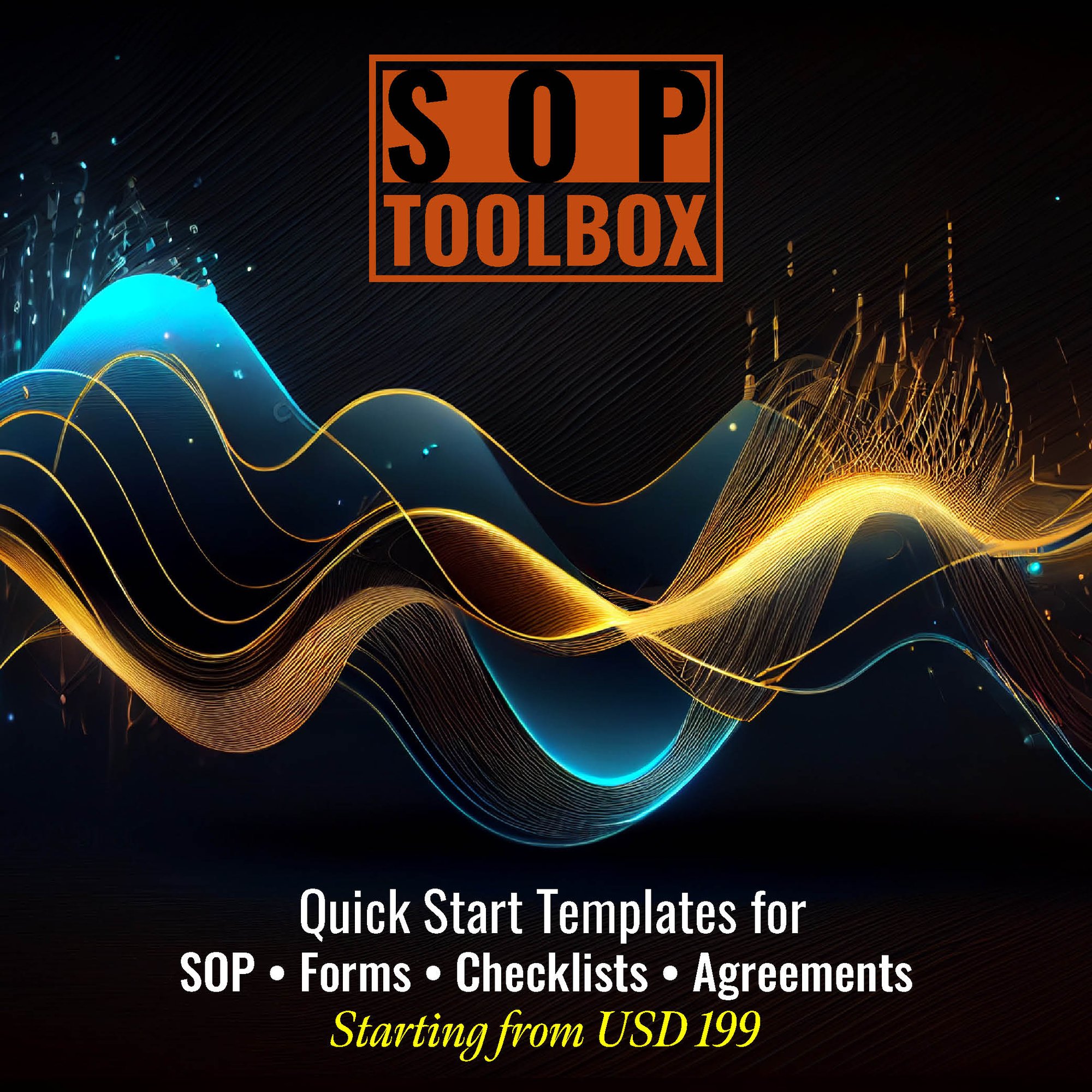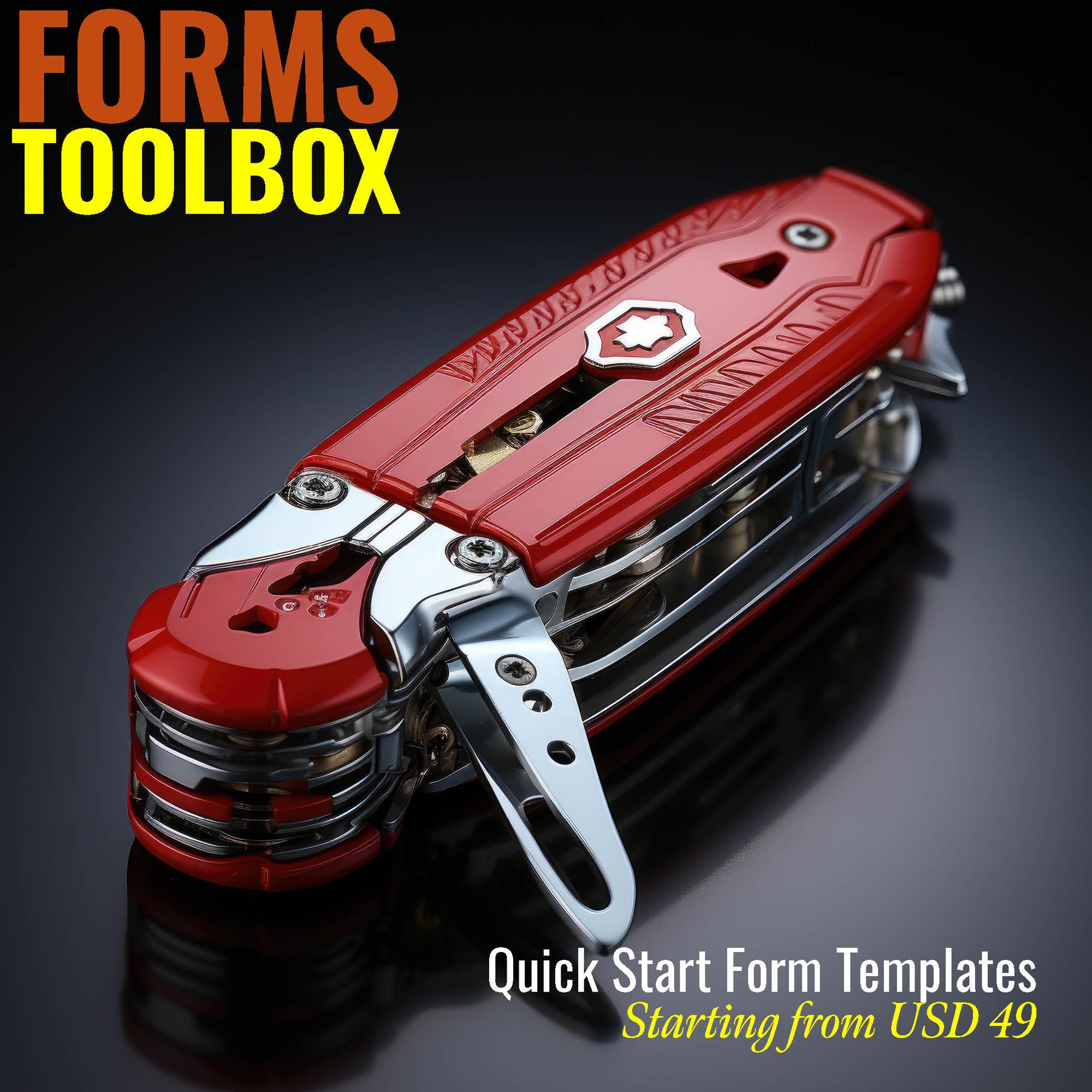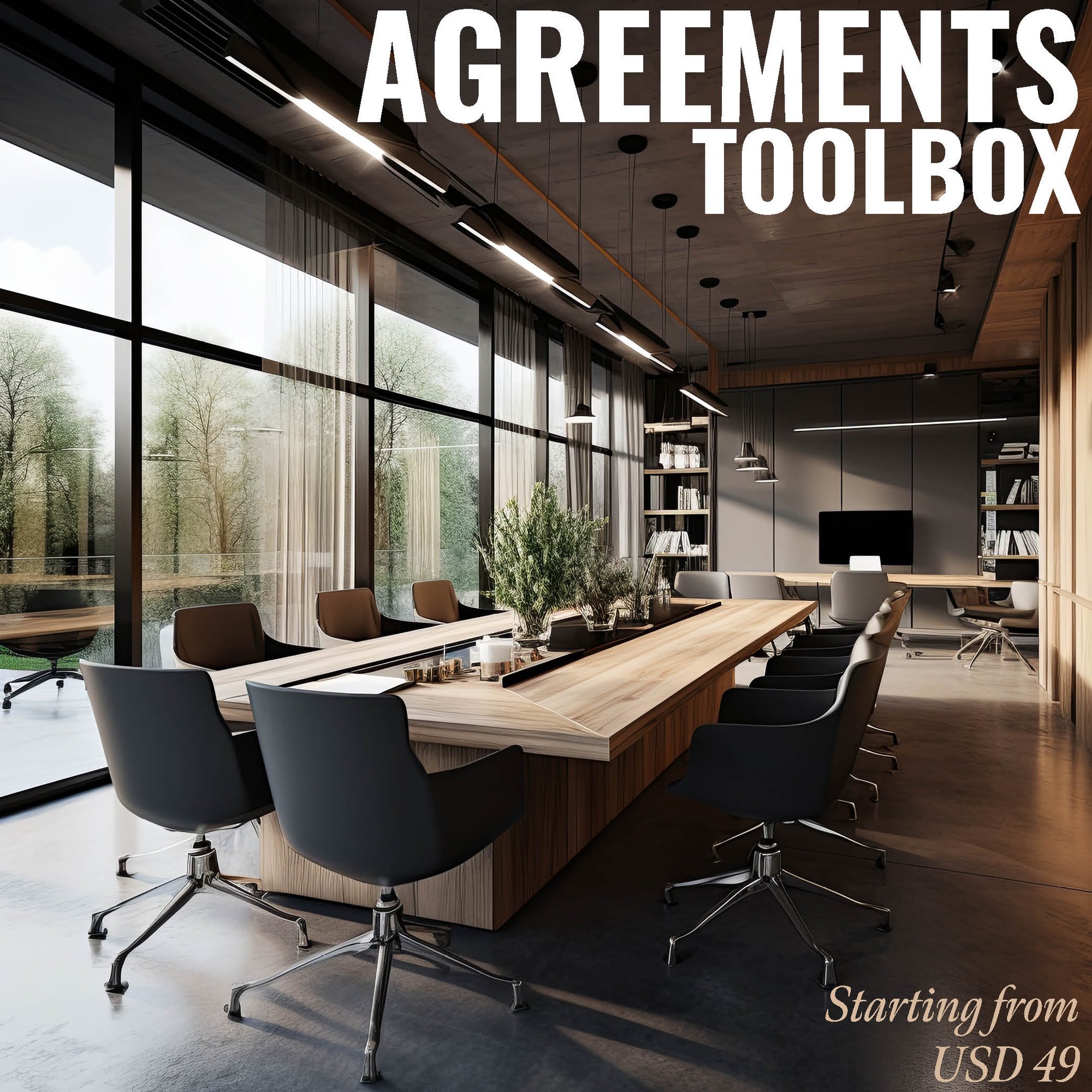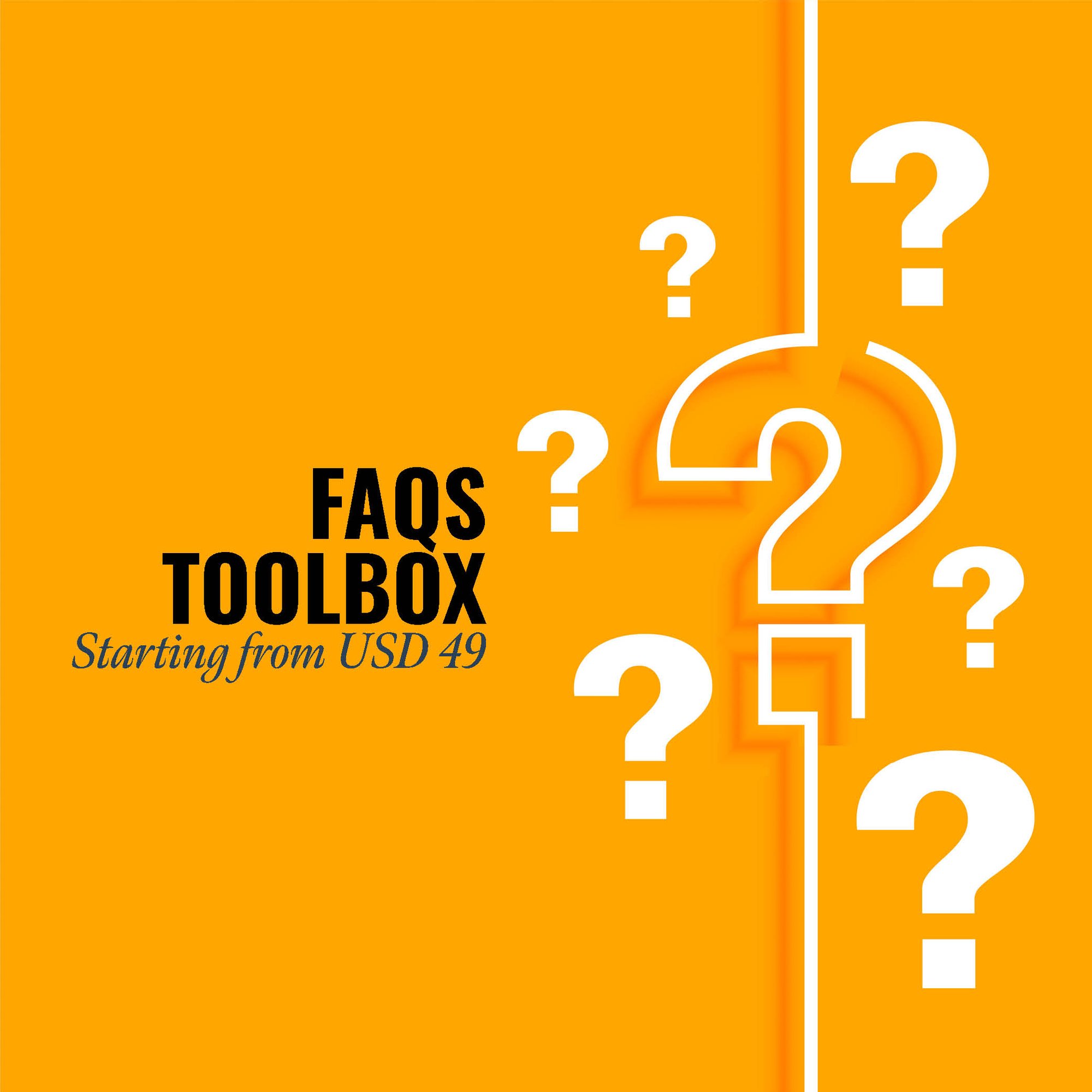The influence of an SOP (Standard Operating Procedure) Manual for Sheep Farming is profound in establishing systematic and standardized practices crucial for the efficient and sustainable management of sheep farms. Firstly, the manual provides a comprehensive guide for flock management, breeding, lambing, and pasture rotation, ensuring consistency and quality in sheep farming operations.
Secondly, it serves as a vital training resource, ensuring that farm personnel understand and adhere to best practices, animal welfare standards, and disease prevention protocols. This contributes to a skilled and knowledgeable workforce in the sheep farming industry.
Thirdly, the SOP manual aids in risk management by outlining biosecurity measures, emergency response plans, and procedures for disease control, mitigating potential health risks and ensuring the well-being of the sheep.
Moreover, the manual supports regulatory compliance, helping sheep farms align with agricultural standards, environmental regulations, and animal welfare laws. This is crucial for maintaining the sustainability, legality, and ethical practices of sheep farming operations. In essence, the SOP Manual for Sheep Farming significantly influences operational excellence, animal welfare, and regulatory adherence in the sheep farming industry.
CLICK HERE to download the List of SOPs Document in PDF format. Please share this document with your clients, colleagues and senior officers.
Top 50 Standard Operating Procedures (SOPs) for Sheep Farming
SOP-321-001: Standard Operating Procedure for Sheep Farming
SOP-321-002: Standard Operating Procedure for Pasture Management
SOP-321-003: Standard Operating Procedure for Livestock Acquisition
SOP-321-004: Standard Operating Procedure for Breeding Practices
SOP-321-005: Standard Operating Procedure for Lambing Management
SOP-321-006: Standard Operating Procedure for Lamb Care and Nutrition
SOP-321-007: Standard Operating Procedure for Ewe Care and Nutrition
SOP-321-008: Standard Operating Procedure for Ram Management
SOP-321-009: Standard Operating Procedure for Vaccination Practices
SOP-321-010: Standard Operating Procedure for Parasite Control

SOP-321-011: Standard Operating Procedure for Shearing
SOP-321-012: Standard Operating Procedure for Wool Handling and Storage
SOP-321-013: Standard Operating Procedure for Feeding Practices
SOP-321-014: Standard Operating Procedure for Watering Systems
SOP-321-015: Standard Operating Procedure for Fencing and Facilities Maintenance
SOP-321-016: Standard Operating Procedure for Record Keeping
SOP-321-017: Standard Operating Procedure for Health Monitoring
SOP-321-018: Standard Operating Procedure for Emergency Response
SOP-321-019: Standard Operating Procedure for Grazing Rotation
SOP-321-020: Standard Operating Procedure for Lamb Market Readiness
SOP-321-021: Standard Operating Procedure for Ewe and Ram Market Readiness
SOP-321-022: Standard Operating Procedure for Pasture Rehabilitation
SOP-321-023: Standard Operating Procedure for Genetic Selection
SOP-321-024: Standard Operating Procedure for Artificial Insemination
SOP-321-025: Standard Operating Procedure for Tail Docking
SOP-321-026: Standard Operating Procedure for Hoof Trimming
SOP-321-027: Standard Operating Procedure for Disease Prevention
SOP-321-028: Standard Operating Procedure for Waste Management
SOP-321-029: Standard Operating Procedure for Lambing Season Preparation
SOP-321-030: Standard Operating Procedure for Ewe Reproductive Health

SOP-321-031: Standard Operating Procedure for Ram Reproductive Health
SOP-321-032: Standard Operating Procedure for Weaning Practices
SOP-321-033: Standard Operating Procedure for Market Trends Analysis
SOP-321-034: Standard Operating Procedure for Grazing Behavior Monitoring
SOP-321-035: Standard Operating Procedure for Winter Feeding
SOP-321-036: Standard Operating Procedure for Sheep Transport
SOP-321-037: Standard Operating Procedure for Predator Control
SOP-321-038: Standard Operating Procedure for Lamb Feeding Practices
SOP-321-039: Standard Operating Procedure for Ewe and Ram Nutrition
SOP-321-040: Standard Operating Procedure for Farm Biosecurity
SOP-321-042: Standard Operating Procedure for Ewe and Ram Handling
SOP-321-043: Standard Operating Procedure for Grazing Planning
SOP-321-044: Standard Operating Procedure for Ram Selection
SOP-321-045: Standard Operating Procedure for Ewe Selection
SOP-321-046: Standard Operating Procedure for Lamb Marketing
SOP-321-047: Standard Operating Procedure for Wool Grading and Packaging
SOP-321-048: Standard Operating Procedure for Lamb Slaughter
SOP-321-049: Standard Operating Procedure for Ewe and Ram Retirement
SOP-321-050: Standard Operating Procedure for Farm Closure

.jpg?width=645&height=337&name=Standard%20Operating%20Procedure%20-%20SOP%20ToolBox%20(1).jpg)
SOP ToolBox: If you are reading these lines, I am sure you are looking for Standard Operating Procedure guidelines or SOPs itself. In both the cases, searching in internet will not be yielding any great help. Because no company shares their SOP Development Process and certainly don’t share their SOP Documents. The best way to develop an SOP is creating one for yourself. At Fhyzics, we write SOPs day-in and day-out for companies across the globe including some of the Fortune 500 organisations. Our charge ranges from USD 5000 to USD 50000 depending upon the number of processes to be covered. Certainly, this is not affordable to small and mid-size organisations. Hence, we decided to create this SOP ToolBox to disseminate our 8-Step SOP Development Life-Cycle and best practices at an unbelievably low price.
I always say, writing an SOP is somewhere between art and science. So far you may be clueless on where to start and how to progress on an SOP? This will not be the case after you diligently go through this SOP ToolBox. We have summarised all our secrets here to get you started and to deliver a stunning SOP to your management.
- Acipayam
- Adal
- Africana
- Afrikaner
- Alai
- Algarve Churro
- Alpines Steinschaf
- Altay
- Appenninica
- Arabi
- Afghan Arabi
- Arapawa
- Armenian Semicoarsewool
- Askanian
- Assaf
- Aussiedown
- Awassi
- Badger Face Welsh Mountain
- Balkhi
- Baluchi
- Balwen Welsh Mountain
- Barbados Blackbelly
- Bardoka
- Basco-béarnaise
- Beltex
- BentheimerLandschaf
- Bergamasca
- Berrichon du Cher
- Beulah Speckled Face
- Bibrik
- Biellese
- Blackhead Persian
- Black Welsh Mountain
- Brecknock Hill Cheviot
- Bleu du Maine
- Bluefaced Leicester
- Bond
- Booroola Merino
- Border Leicester
- Border Cheviot
- Boreray
- Bovec
- BraunesBergchaf
- British Milk
- California Red
- Canadian Arcott
- CastlemilkMoorit
- Charmoise
- Charollais
- Cheviot
- Chios
- Cholistani
- Clun Forest
- CoburgerFuchsschaf
- Columbia
- Comeback
- Comisana
- Coopworth
- Cormo
- Corriedale
- Cotswold
- Criollo
- Dala Fur
- Dalesbred
- Daglic
- Damani
- Damara
- Danish Landrace
- Debouillet
- Delaine Merino
- Derbyshire Gritstone
- Devon Closewool
- Devon Longwoolled
- Dohne Merino
- Dorper
- Dorset Horn
- Dorset Down
- Drenthe Heath
- Drysdale
- Exmoor Horn
- Estonian Ruhnu
- English Leicester
- Elliottdale
- East Friesian
- Fabrianese
- Faroe
- Finnsheep
- Gadd
- Galician
- Galway
- Gansu Alpine Fine Wool
- Gentile di Puglia
- Gotland
- Greyface Dartmoor
- Grey Troender
- Gromark
- Gulf Coast Native
- Guirra
- Gute
- Hampshire
- Hebridean
- Herdwick
- Hill Rannor
- Hog Island
- Icelandic
- Ile de France
- Jacob
- JezerskoSolcava
- Kerry Hill
- Katahdin
- Karayaka
- Karakul
- Laticuda
- Lonk
- Lohi
- Llanwenog
- Lincoln
- Latxa
- Lacaune
- Morada Nova
- Montadale
- Meronolandschaf
- MerinizzataItaliana
- Meatmaster
- Massese
- Manx Loaghtan
- Merino
- Najdi
- Navajo Churro
- Newfoundland
- Norfolk Horn
- North Ronaldsay
- Northern European Short-Tailed
- North Country Cheviot
- Oxford Down
- Ouessant
- Pelibuey
- Panama
- Perendale
- Pinzirita
- Polwarth
- Polypay
- Portland
- Poll Merino
- Polled Dorset
- Pomeranian Coarsewool
- Racka
- Rambouillet
- Red Maasai
- Rideau Arcott
- Romanov
- Romney
- Romeldale
- Roslag
- Rouge de l’Ouest
- Rough Fell
- Royal White
- Ruda
- Rya
- Ryeland
- Santa Cruz
- Sarda
- Scottish Blackface
- Serrai
- Shetland
- Shropshire
- Skudde
- Soay
- Sopravissana
- Southdown
- Soth African Meat Merino
- Spaelsau
- Croix
- Suffolk
- Swaledale
- Targhee
- Teeswater
- Texel
- TirolerSteinschaf
- Tunis
- Uda
- Valais Blacknose
- Van Rooy
- Vendeen
- Welsh Mountain
- Wensleydale
- West African Dwarf
- White Suffolk
- Whiteface Dartmoor
- Whitefaced Woodland
- White Horned heath
- White Polled Heath
- Wiltipoll
- Wiltshire Horn
- Zwartbles
- Zulu
- Choosing Sheep Breeds/ Breeding Management
- Developing and maintaining Sheep Shelter
- Feeding
- Health Care Management
- Other Caring
- Castration
- Record Keeping
- Sales and Distribution
- Financial Management
- High Quality Nipples.
- Automatic Injector or Continuous Syringe.
- Bite Nipple Drinker.
- Mash or Pelleted Feeder.
- Electronic Platform Scale.
- Portable Digital Crane Scale.
- Digital Floor Scale.
- Ear Tags.
- Farrowing/Gestation Crate.
- Ventilation and Cooler.
- Feeder
- Sorting Panels.
- Watering Hose.
- Waste Management.
- Piggery Heating Equipment.
- Disinfectant
- Artificial Insemination Auxiliary Ring.
- Mosquito Killer Lamp.
- Sorting Paddle.
- Feeder Troughs.
- Nursery Crate.
- Evaporative Air Cooler.
- Watering Bowl.
- Hot Blast Heater.
- Swine Steel Equipment.
- Swine Handling Equipment.
- Power Wash System.
- Fencing supplies.
- Lighting
- Flooring
- Biosecurity Equipment’s - boots/gloves.
- Pen
- Snare
- Watering System
- Dips
- Medical Equipment.
- Feed scoop.
- Aluminium bucket.
- Bedding Equipment(straw, hay, sawdust).
- Wheelbarrow.
- International Organization for Standardization-TS 34700:201- https://www.iso.org/standard/64749.html#:~:text=ISO%2FTS%2034700%3A2016%20applies,production%20of%20food%20or%20feed.&text=%2D%20Chapter%207.11%3A%20Animal%20welfare%20and,aligned%20with%20the%20OIE%20TAHC.
- International Organization for Standardization- TC 34/SC 6- https://www.iso.org/committee/47880/x/catalogue/
- World Organisation for Animal Health- https://www.oie.int/
- World Association of Animal Production- https://www.waap.it/
- International Goat Association- https://www.iga-goatworld.com/
- American Sheep Industry Association- https://www.sheepusa.org/
- CP Group|Bangkok, Thailand| http://www.cpgroupglobal.com/
- ALD Automotive| Rueil-Malmaison, France|http://www.aldautomotive.com/
- New Hope Liuhe Co|China|http://en.newhopegroup.com/
- Cargill| Minnesota, United States|http://www.cargill.com/
- Land O'Lakes| Minnesota, United States| http://www.landolakesinc.com/
- Muyuan Foods| China|http://www.muyuanfoods.com/
- BRF SA| Santa Catarina, Brazil|https://www.brf-global.com/en/
- Tyson Foods| Arkansas, United States| http://www.tysonfoods.com/
- ForFarmers|Netherlands|https://www.forfarmersgroup.eu/en/
- Nutreco|Amersfoort, Netherlands|http://www.nutreco.com/
- Journal of Animal Sciences and Livestock Production-http://www.imedpub.com/animal-sciences-and-livestock-production/#:~:text=The%20Journal%20of%20Animal%20Sciences,sciences%20and%20related%20academic%20disciplines.
- Livestock Science| Journal – Elsevier- https://www.journals.elsevier.com/livestock-science
- Farming Magazine- https://www.farmingmagazine.net/index.html
- Farm Progress Magazine- https://www.farmprogress.com/
- New ideas for the sheep industry | Successful Farming- https://www.agriculture.com/livestock/new-ideas-for-the-sheep-industry
Our SOP Templates’ clients are from the following States and Countries:
Alabama, Alaska, Arizona, Arkansas, California, Colorado, Connecticut, Delaware, Florida, Georgia, Hawaii, Idaho, Illinois, Indiana, Iowa, Kansas, Kentucky, Louisiana, Maine, Maryland, Massachusetts, Michigan, Minnesota, Mississippi, Missouri, Montana, Nebraska, Nevada, New Hampshire, New Jersey, New Mexico, New York, North Carolina, North Dakota, Ohio, Oklahoma, Oregon, Pennsylvania, Rhode Island, South Carolina, South Dakota, Tennessee, Texas, Utah, Vermont, Virginia, Washington, West Virginia, Wisconsin, Wyoming.
Afghanistan, Albania, Algeria, Andorra, Angola, Antigua and Barbuda, Argentina, Armenia, Australia, Austria, Azerbaijan, Bahamas, Bahrain, Bangladesh, Barbados, Belarus, Belgium, Belize, Benin, Bhutan, Bolivia, Bosnia and Herzegovina, Botswana, Brazil, Brunei Darussalam, Bulgaria, Burkina Faso, Burundi, Cabo Verde, Cambodia, Cameroon, Canada, Central African Republic, Chad, Chile, China, Colombia, Comoros, Congo (Republic of the), Costa Rica, Croatia, Cuba, Cyprus, Czech Republic (Czechia), Democratic People’s Republic of Korea (North Korea), Democratic Republic of the Congo, Denmark, Djibouti, Dominica, Dominican Republic, Ecuador, Egypt, El Salvador, Equatorial Guinea, Eritrea, Estonia, Eswatini, Ethiopia, Fiji, Finland, France, Gabon, Gambia, Georgia, Germany, Ghana, Greece, Grenada, Guatemala, Guinea, Guinea-Bissau, Guyana, Haiti, Honduras, Hungary, Iceland, India, Indonesia, Iran, Iraq, Ireland, Israel, Italy, Jamaica, Japan, Jordan, Kazakhstan,Kenya, Kiribati, Kuwait, Kyrgyzstan, Lao People’s Democratic Republic (Laos), Latvia, Lebanon, Lesotho, Liberia, Libya, Liechtenstein, Lithuania, Luxembourg, Madagascar, Malawi, Malaysia, Maldives, Mali, Malta, Marshall Islands, Mauritania, Mauritius, Mexico, Micronesia (Federated States of), Moldova, Monaco, Mongolia, Montenegro, Morocco, Mozambique, Myanmar (Burma), Namibia, Nauru, Nepal, Netherlands, New Zealand, Nicaragua, Niger, Nigeria, North Macedonia (formerly Macedonia), Norway, Oman, Pakistan, Palau, Panama, Papua New Guinea, Paraguay, Peru, Philippines, Poland, Portugal, Qatar, Republic of Korea (South Korea), Republic of the Congo, Romania, Russian Federation (Russia), Rwanda, Saint Kitts and Nevis, Saint Lucia, Saint Vincent and the Grenadines, Samoa, San Marino, Sao Tome and Principe, Saudi Arabia, Senegal, Serbia, Seychelles, Sierra Leone, Singapore, Slovakia, Slovenia, Solomon Islands, Somalia, South Africa, South Sudan, Spain, Sri Lanka, Sudan, Suriname, Sweden, Switzerland, Syrian Arab Republic (Syria), Tajikistan, Thailand, Timor-Leste, Togo, Tonga, Trinidad and Tobago, Tunisia, Turkey, Turkmenistan, Tuvalu, Uganda, Ukraine, United Arab Emirates, United Kingdom of Great Britain and Northern Ireland, United Republic of Tanzania, United States of America, Uruguay, Uzbekistan, Vanuatu, Venezuela, Viet Nam, Yemen, Zambia, Zimbabwe.
Fhyzics supports organisations in developing the following documentations:
Standard Operating Procedures (SOPs), Work Instructions, Policies and Procedures, Process Flow Diagrams, Job Descriptions, Training Manuals, Employee Handbooks, Compliance Guidelines, Quality Assurance Manuals, Health and Safety Procedures, Risk Management Plans, Business Continuity Plans, Internal Audit Procedures, Incident Reporting Forms, Performance Management Guidelines, Change Management Procedures, Vendor Management Guidelines, Customer Service Protocols, IT Security Policies, IT Support Documentation, Disaster Recovery Plans, Operational Checklists, Data Management Policies, Confidentiality Agreements, Non-Disclosure Agreements, Employee Onboarding Procedures, Employee Exit Procedures, Performance Appraisal Forms, Employee Code of Conduct, Conflict Resolution Procedures, Product Development SOPs, Supply Chain Management Guidelines, Procurement Guidelines, Inventory Management SOPs, Shipping and Receiving Procedures, Production Scheduling SOPs, Maintenance Procedures, Equipment Calibration Documents, Environmental Compliance Documentation, Sustainability Policies, Customer Feedback Forms, Marketing Strategies, Advertising Guidelines, Brand Management Guidelines, Product Packaging SOPs, Laboratory Testing Procedures, Regulatory Compliance Documentation, Tax and Accounting Procedures, Contract Management Procedures, Legal Compliance Guidelines, Financial Reporting Procedures, Budgeting Procedures, Internal Control Procedures, Fraud Prevention Policies, Asset Management Guidelines, Purchase Order Procedures, Sales and Distribution Guidelines, Client Contracts, Customer Return Policies, Internal Communication Protocols, Vendor Evaluation Forms, Product Safety Standards, Workplace Health and Safety Standards, Public Relations Procedures, Social Media Management Guidelines, Crisis Management Plans, Employee Grievance Procedures, Privacy and Data Protection Policies, Digital Transformation Guidelines, Innovation Management Procedures, Continuous Improvement Guidelines, Strategic Planning Documents, Corporate Social Responsibility (CSR) Guidelines, Audit Trails and Records, Employee Training and Development Records, Succession Planning Documents, Talent Acquisition Procedures, Team Collaboration Protocols, Employee Benefit Plans, Workplace Diversity Guidelines, Time and Attendance Tracking, Payroll Procedures, Employee Leave Policies, Conflict of Interest Policy, Emergency Response Procedures, Environmental Impact Assessment Procedures, Transportation and Logistics Procedures, Inventory Control Forms, Warehouse Management Guidelines, Product Lifecycle Management SOPs, Customer Satisfaction Surveys, Third-Party Risk Assessment Guidelines, Technology Adoption Policies, Software Licensing Guidelines, Security Incident Response Procedures, Supply Chain Risk Management Policies, Product Recall Procedures, Food Safety Guidelines, Employee Wellness Programs, Workplace Ergonomics Guidelines.
















